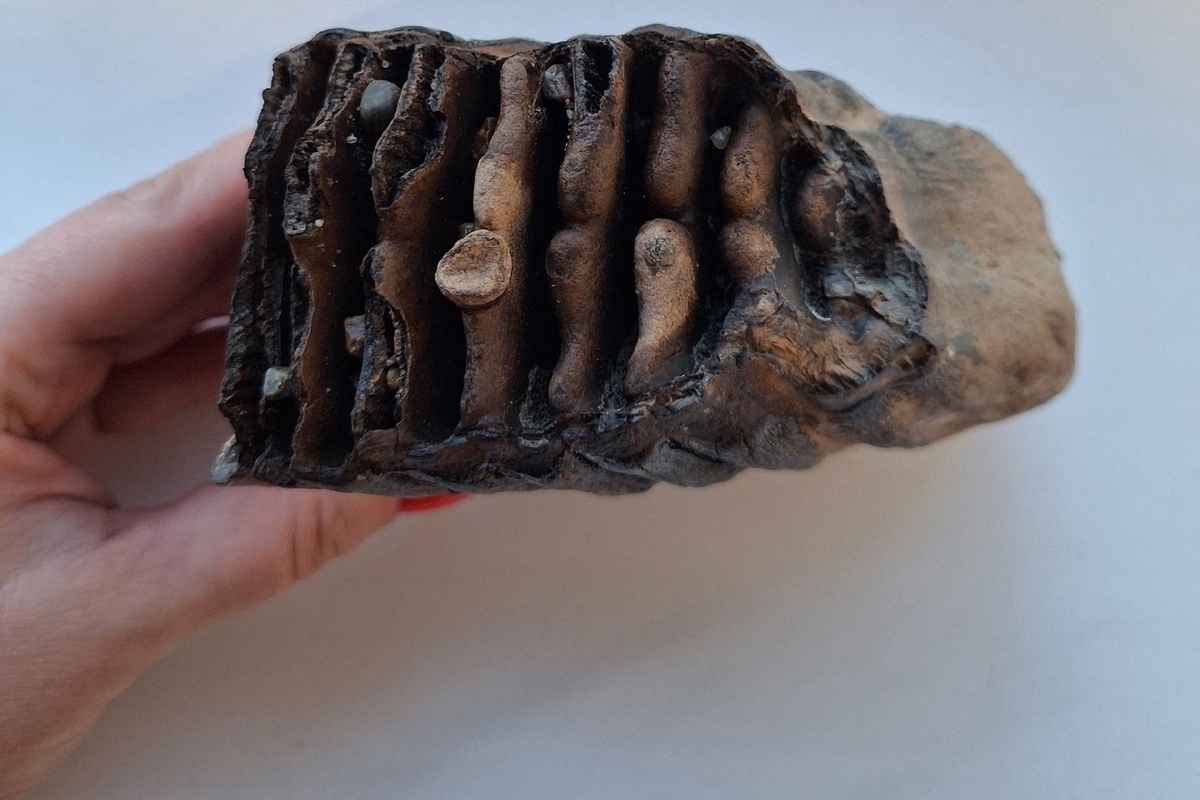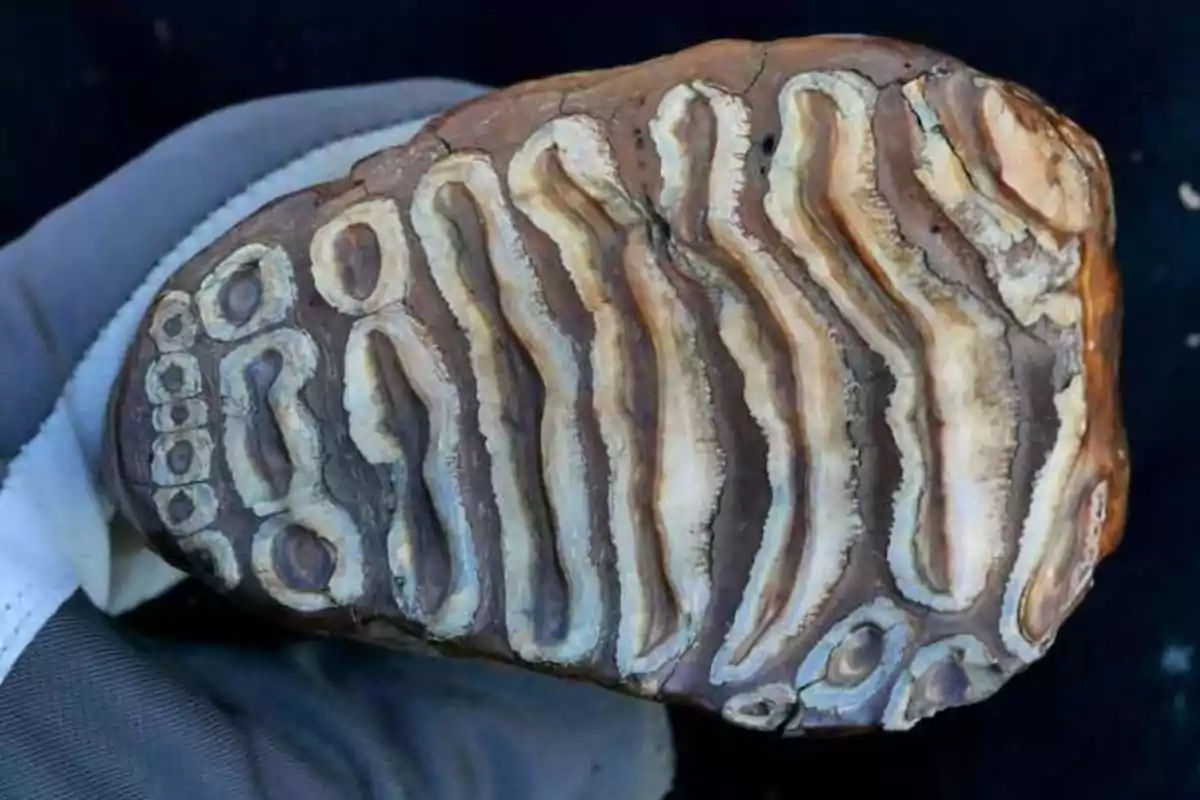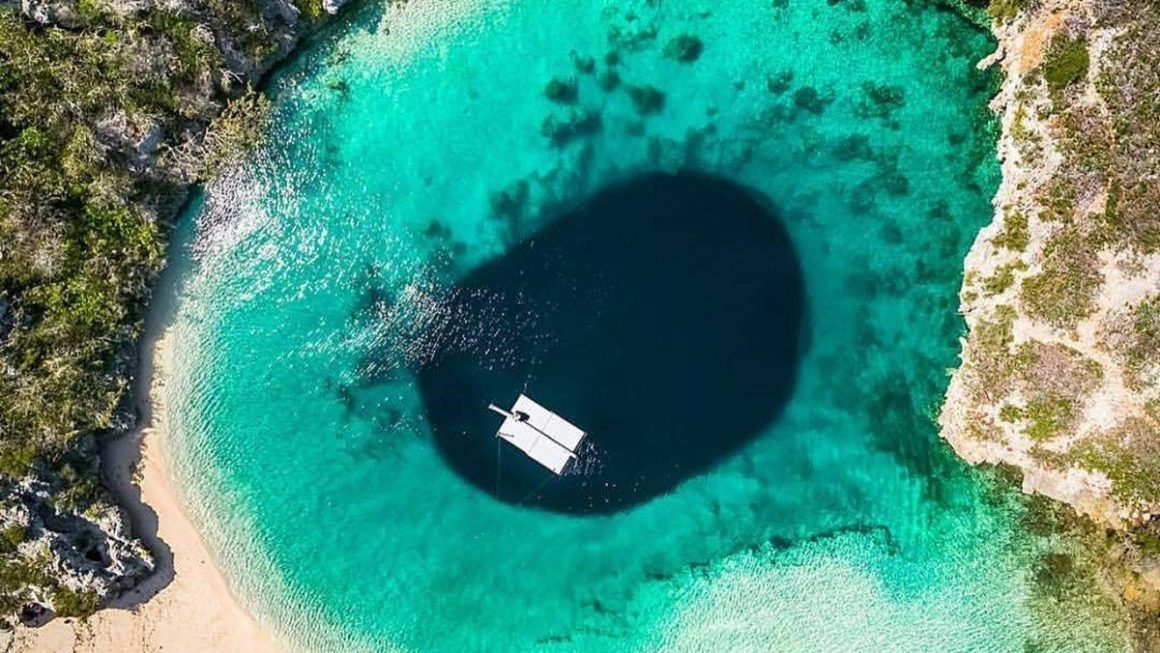A treasure hunter found a 4-kilogram prehistoric relic in Germany that has reopened a historical debate.
A mammoth fossil was recently discovered in Düsseldorf, Germany, by an amateur treasure hunter. It is a tooth measuring about 30 centimetres long and weighing 4 kilograms, found on the banks of the Rhine River in a high-traffic urban area.
According to local archaeologists, the fossil is in exceptional condition, indicating that it remained submerged for thousands of years, protected from contact with the air. The estimated age of the specimen ranges from 15,000 to 125,000 years, and it will undergo a preservation process at the Ruhr Museum in Essen.
What did the treasure hunter find?
Rustam Wagner, 44, has been exploring the banks of the Rhine for years in search of historical objects. His passion for discovering forgotten artefacts has allowed him to collect several finds, from Celtic and Roman coins to antique watches and unexploded ammunition.
A mammoth tooth that could be up to 125,000 years old has been found.
However, he never imagined he would find a piece of this magnitude. The object found is a tooth from a mammoth, with the characteristic grooves that allow it to be identified as such. Its size and weight make it one of the most impressive fossils found in the region in recent years.
The curious thing is that the tooth was not hidden in a deep excavation, but right in front of the Düsseldorf television tower, in a busy area. Most likely, most people ‘walked by’ without noticing anything, Wagner said.

What does this new discovery mean?
The find not only represents a piece of historical value, but also a unique opportunity for palaeontology. As it is so well preserved, the tooth will allow for detailed studies that could provide information about the diet, habits and evolution of mammoths in Europe.
In 2012, a mammoth tusk was found during the construction of a metro line in the city, and in the same year another mammoth tooth was found at a construction site in the northern city of Gelsenkirchen.
Such discoveries help to reconstruct the ecosystem in which these creatures lived and to better understand the climatic conditions of the region during the last ice age. They also highlight the archaeological wealth that still lies hidden in everyday places, such as the banks of an urban river.




